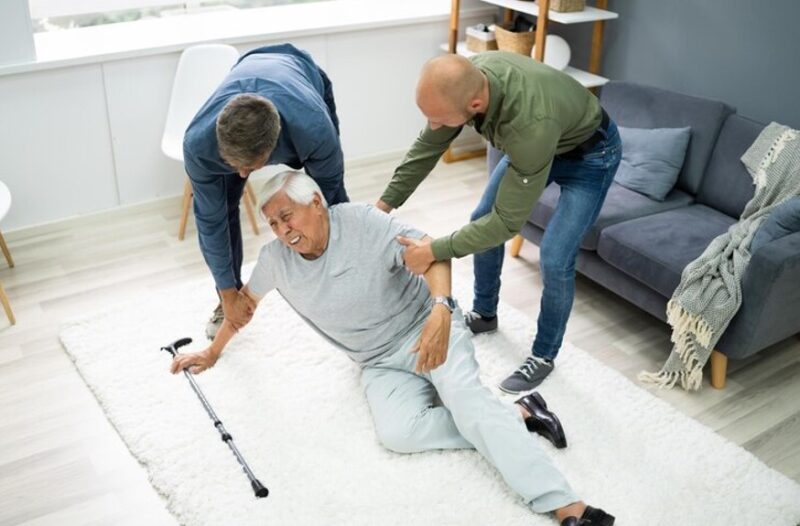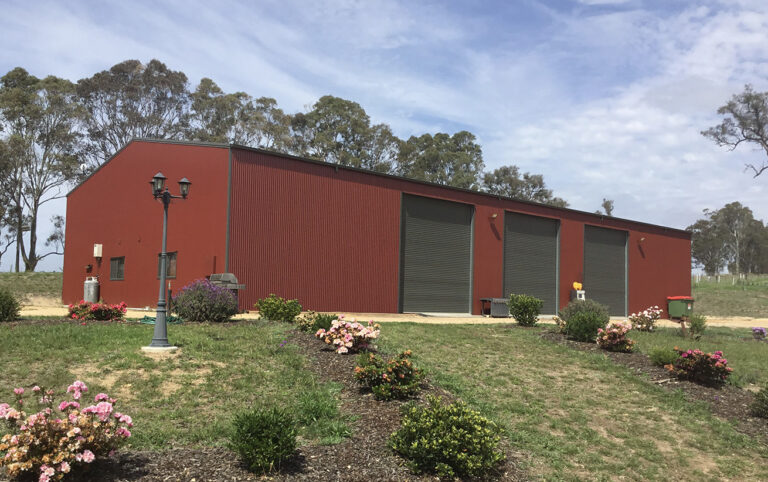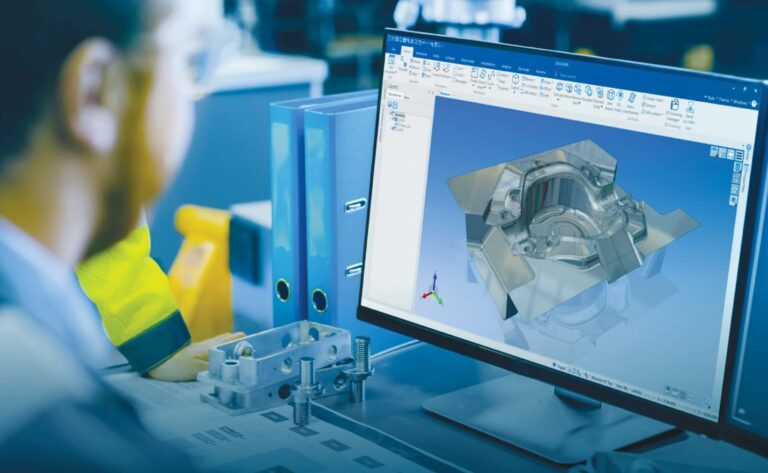Aging brings many joys, from celebrating milestones to embracing new chapters. However, it also comes with its share of challenges. Among the most pressing concerns for seniors and their families is the risk of falls. Falls are not only physically dangerous but can also impact a senior’s confidence and independence. This is where fall detection systems play a crucial role. These devices are designed to detect falls and summon help quickly, offering peace of mind and potentially saving lives.
In this article, we’ll explore why fall detection systems are essential, how they work, and the key factors to consider when choosing one. Whether you’re a senior aiming to maintain your independence or a caregiver seeking solutions for a loved one, understanding the value of these systems can be lifesaving.
Why Fall Detection Matters
The Risks of Falling for Seniors
As we age, our bodies naturally experience changes that can increase the likelihood of falls. Reduced muscle strength, balance issues, and slower reflexes make seniors more prone to losing their footing. Additionally, medical conditions such as osteoporosis, arthritis, and vision problems heighten the risk of serious injuries.
According to the World Health Organization, falls are the second leading cause of unintentional injury deaths worldwide, with seniors being the most affected demographic. In the United States alone, one in four adults over the age of 65 falls each year, and the consequences can be devastating. Fractures, head injuries, and even a fear of falling again can lead to decreased mobility and social isolation.
The Importance of Rapid Response
The time it takes to get help after a fall significantly impacts recovery outcomes. A senior who remains on the floor for an extended period is at risk of complications such as hypothermia, dehydration, or pressure sores. This is why fall detection systems are so vital. These devices ensure that help is just a button press—or even an automatic alert—away, reducing the time spent waiting for assistance.
How Fall Detection Systems Work
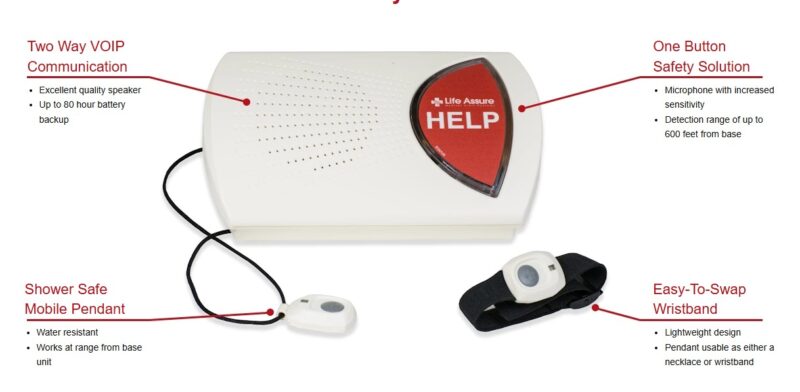
The Technology Behind the System
Fall detection systems use advanced sensors and algorithms to distinguish between normal movement and a fall. They often combine accelerometers and gyroscopes to detect sudden changes in movement or impact. When a fall is identified, the system triggers an alert, which is sent to a designated contact or emergency service.
Some systems require manual activation through a wearable button, while others are fully automated. Modern fall detection systems can even integrate with smartphones and smart home devices, adding an extra layer of convenience and accessibility.
Wearable vs. Non-Wearable Systems
There are two primary types of fall detection systems: wearable and non-wearable.
- Wearable Systems: These are typically small devices worn around the neck or wrist. They are ideal for active seniors who want the freedom to move around while staying protected.
- Non-Wearable Systems: These include sensors placed around the home, such as in bedrooms or bathrooms. While they don’t require the user to wear anything, they may not provide coverage outside the home.
Benefits of Fall Detection Systems
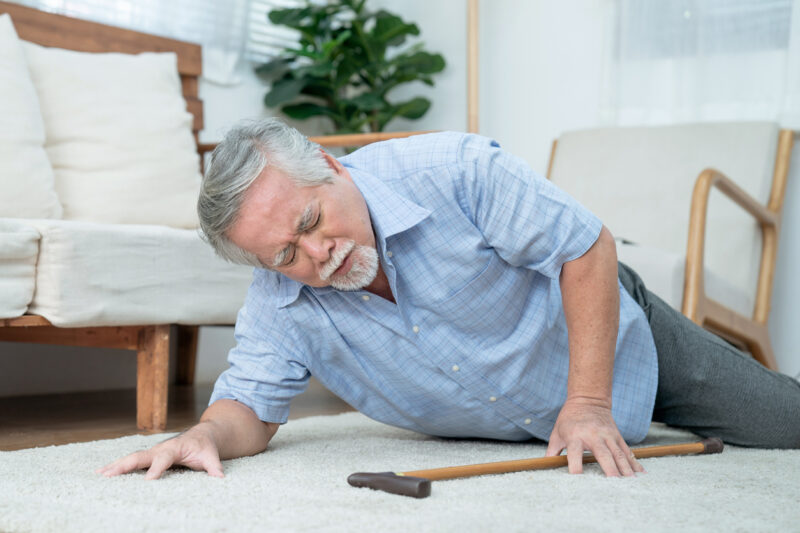
Increased Independence and Confidence
For many seniors, the fear of falling can be paralyzing. This fear may lead to avoiding activities they once enjoyed or staying home more often than they’d like. Fall detection systems empower seniors to maintain their independence. Knowing that help is readily available provides the confidence to live life more fully.
Peace of Mind for Caregivers and Families
Family members and caregivers often worry about the safety of their elderly loved ones, especially if they live alone. Fall detection systems offer reassurance by ensuring that even if a fall occurs, help will arrive quickly. This peace of mind can improve relationships and reduce stress for everyone involved.
Faster Medical Intervention
When a fall occurs, every minute counts. Fall detection systems help ensure a quick response, which can lead to faster medical attention and better recovery outcomes. This can also reduce the severity of injuries, as timely care often prevents complications.
Features to Consider When Choosing a Fall Detection System
Accuracy and Reliability
Not all fall detection systems are created equal. Look for a system with a proven track record of accurate fall detection. False alarms can be frustrating, while missed detections can be dangerous.
Ease of Use
Simplicity is key, especially for seniors who may not be tech-savvy. The system should be easy to set up and operate. Features like large buttons, clear instructions, and intuitive interfaces can make a big difference.
Compatibility with Lifestyles
Different seniors have different needs and lifestyles. A highly active senior might prefer a lightweight wearable device that works indoors and outdoors, while someone who spends most of their time at home might benefit from a home-based system with wide coverage.
Emergency Response Options
Some systems connect directly to emergency services, while others notify family members or caregivers. Consider which option best suits the senior’s situation. Additionally, some systems offer two-way communication, allowing the senior to speak directly with a responder.
Overcoming Common Barriers to Adoption
Despite the clear benefits, some seniors may resist using fall detection systems. This resistance often stems from concerns about privacy, cost, or stigma.
Addressing Privacy Concerns
Modern fall detection systems are designed with privacy in mind. Unlike surveillance cameras, these devices only activate when a fall is detected, ensuring that day-to-day activities are not monitored. Reassuring seniors about how the system works can help alleviate these worries.
Managing Costs
The cost of fall detection systems varies widely, but there are options to fit nearly any budget. Some systems have an upfront cost with no monthly fees, while others operate on a subscription basis. Additionally, insurance or government programs may cover part of the cost, depending on the senior’s location and circumstances.
Combating the Stigma of Needing Help
Some seniors may view fall detection systems as a sign of losing their independence. It’s important to frame these devices as tools for empowerment rather than signs of frailty. Highlighting the freedom and confidence these systems provide can help shift perspectives.
Conclusion: A Worthwhile Investment
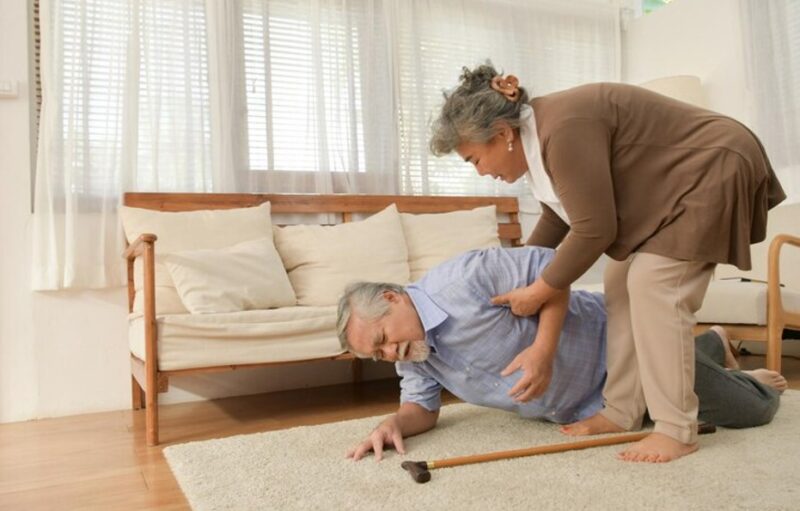
Fall detection systems are more than just safety devices; they’re lifelines that can significantly improve the quality of life for seniors. By offering rapid response in emergencies, these systems save lives and promote independence. They provide reassurance to caregivers and families, ensuring that help is always within reach.
Whether you’re a senior looking to maintain your active lifestyle or a family member concerned about a loved one’s safety, investing in a fall detection system is a decision you won’t regret. Prioritize safety and embrace the peace of mind these lifesaving tools offer. After all, when it comes to protecting the ones we love, there’s no better investment.

